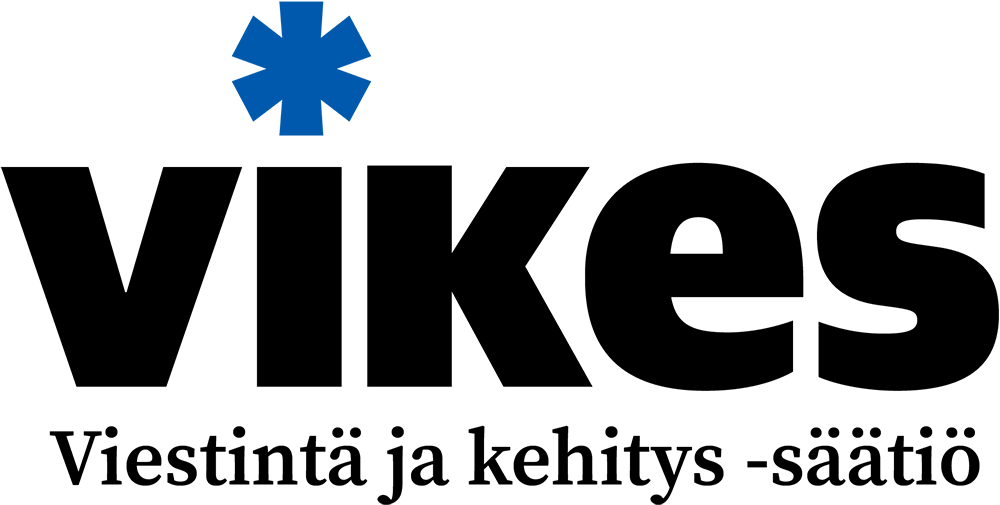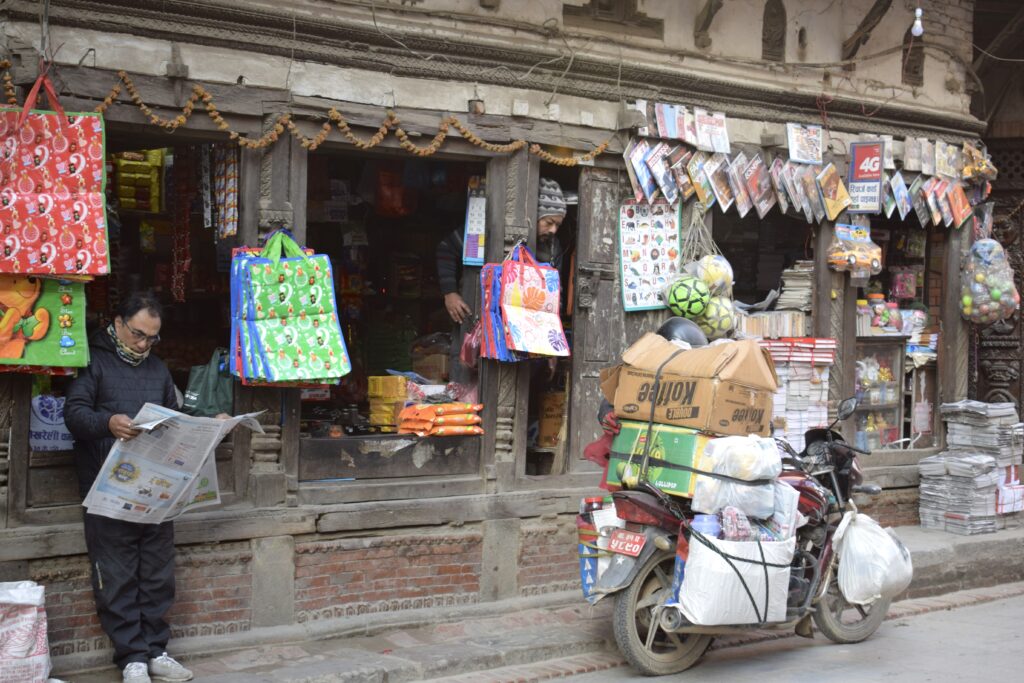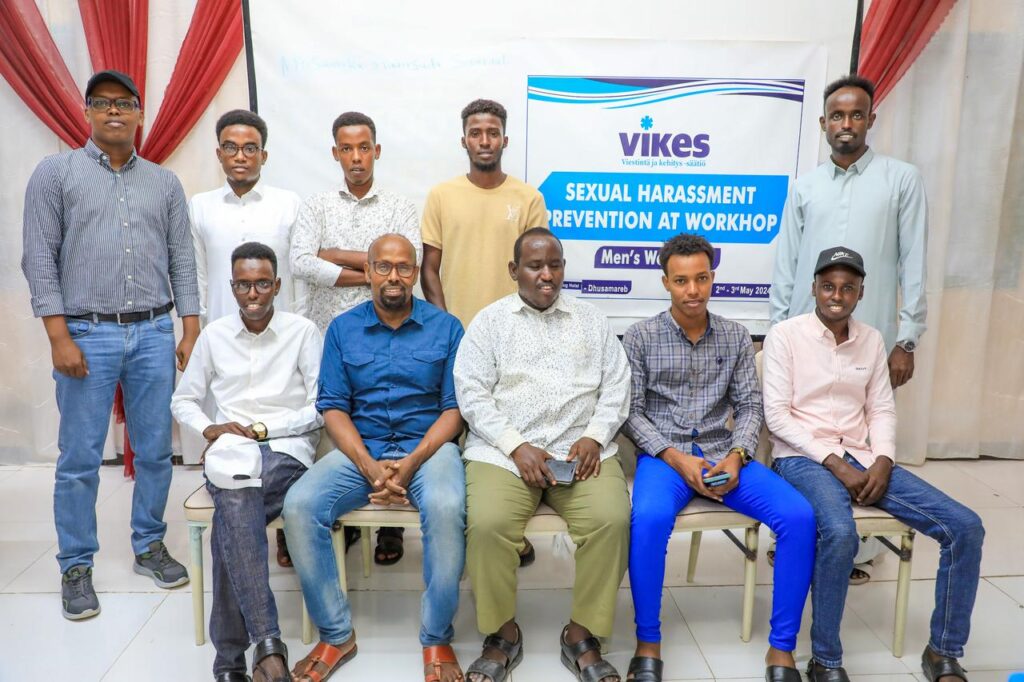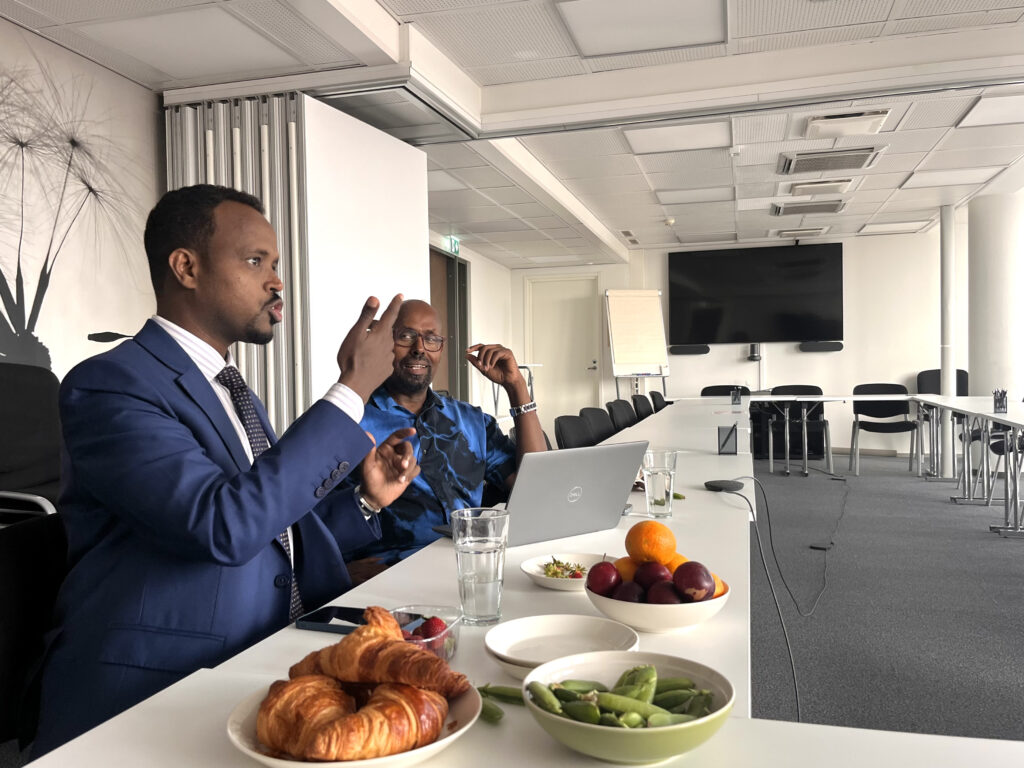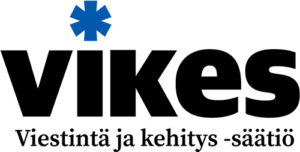The media in Finland is also whiter and more middle class than Finns in general. It makes the media more uniform (and boring) than it ought to be. Vikes is working for a more diverse and diverse media.
Media pluralism and diversity are interlinked concepts that are often confused in discussions. Both are important for Vikes’ work and for media quality in general.
Media pluralism usually means that journalism brings different voices into the debate. For example, the University of Tampere has studied pluralism using a technical meter: who is interviewed, who gets to speak? So it’s about media content and not always interviewing the same and similar people.
In the absence of pluralism, stereotypes are reinforced. Do we think, for example, that only men of a certain age can discuss economics, politics or defence?
Media diversity, on the other hand, is about the people who make the media. Are all journalists the same? In the context of Vikes’ I am European project, there was a lot of talk about the fact that the Finnish media is clearly whiter and more middle class than Finns in general. The same phenomenon is happening in other Western countries.
In many developing countries, editorial offices are typically male-dominated, and often the senior management in particular is from the dominant ethnic groups.
Does diversity bring pluralism?
If journalists were a more diverse group, media content would also tend to be more diverse. Journalists from different backgrounds take on different subjects and know how to interview different people.
Diversification can also bring additional revenue to the media, as new audiences become increasingly interested in media content.
However, this does not happen automatically. In 2021, a report was published showing that the proportion of women as sources in the world’s media will be only 25%.
The report shows that women make up 52% of journalists in Finland, but are only 33% of experts and sources.
Typically, women around the world appear in the news to give first-hand experience of the phenomena or as examples of “the voice of the people”, the report says.
RARE media published a guide to diverse journalism
RARE media, a major collaborator with Vikes, has embraced the diversity of the media by publishing a guide Whose information? which provideseditors with a wide range of tips on how to address diversity and pluralism.
According to the guide, the problem with newsrooms is often that when people have come into the industry pretty much along the same path, they don’t even notice what they consider normal and what is the exception. A more diverse group of people would make for more diverse news.
“The diversity of the work community has an impact on the diversity of content, as journalists bring in a lot of stories, such as phenomena and topics, from their own immediate community. In this case, the content reflects, at least in some way, the journalists’ own worldview and environment,” the guide says.
It is not enough to recruit one person to do all the “different” things.
But recruitment is also needed. The guide suggests that you should think about recruitment advertisements in terms of whether they encourage different people to apply for jobs. Values should be highlighted, and they are also key, because values also influence work culture and management.
According to RARE media, diversity starts with everyday work and editorial practices, morning meetings and planning sessions. This requires support from the management.
At the same time, there is a need to keep statistics on how different groups are represented in the media, to train editorial staff and to allocate sufficient resources to the work. Often, the noble aspirations for diversity are forgotten when the rush comes and you call the researcher you always call anyway.
Hate speech can lead to self-censorship
People in the media expose themselves to feedback, criticism and even hate speech.
According to journalist Susani Mahadura, hate speech is easy to distinguish from angry feedback because it often focuses on things like appearance rather than content. Mahadura gave a video interview at the Vikes Summer Journalism Training in summer 2020. Story continues after the video
One of Mahadura’s programmes, which attracted a lot of feedback, dealt with the white gaze that plagues the Finnish, rather white, media.
“There’s a lot to be done about how brown Finns are portrayed in the media,” she says. “The norm is whiteness, and everything else is deviant from the norm.”
This affects the perspectives of the stories and the way people and groups of people are talked about. She herself is often labelled an immigrant, even though she was born in Finland.
According to Mahadura, hate speech can cause self-censorship, but it is important to be able to talk about uncomfortable topics. At first, she herself avoided some topics that easily arouse anger.
“As a journalist, I don’t want to be driven by fear,” she says in the video.
She says it’s important to take care of yourself, but you also have to dare to do things even when they’re uncomfortable.
According to Mahadura, Finland is moving in the right direction. There are media where diversity is taken into account and different voices are heard. Sometimes those voices speak about things that feel difficult, such as experiences of racism or discrimination.
“It’s difficult at first and it makes you feel uncomfortable, but once you deal with it and accept the reality that we have certain structural problems in society, then we can move forward.”
Solutions for more diverse media in a Vikes podcast
In summer 2022, Vikes published the podcast “More diverse media – solutions to difficult challenges” (in Finnish only). In the five-part podcast, the journalists said that the lack of diversity and polyphony is a recognised problem, but solutions have not been found.
In the first part of the podcast, Heli Keskinen, editor-in-chief of Kangasalan sanomat, says she has analysed her own newspaper’s issues over the past year and realised that pluralism requires conscious action. For example, if a newspaper reported on minorities, it was not necessarily the representative of the minority who spoke out, but an official.
In the second episode, freelance journalist Ndéla Faye called for structural changes in recruitment practices, among other things, because while individual journalists have power, the problems of diversity cannot be blamed on individual journalists.
It also makes a difference what roles people are given in the media. In the third episode of the podcast, journalist Nadja Mikkonen says that it is rare to see minority representatives in the media who are not activists, survivors, artists or a threat.
Could international cooperation help?
Foreign journalists typically use fixers to find interviewees, act as interpreters and help the journalist understand local society and culture.
A few journalists have gone further. Helsingin Sanomat, for example, has published several articles in which the Iraqi Mohammed Salman has been one of the authors, in addition to its own journalists.
Salman started as a more traditional interpreter, but his role gradually grew, and in many stories Salman did interviews independently, with the Finns Maria Manner and Paavo Teittinen who wrote the stories with him.
Arabic-speaking people trusted him easily, and the stories became more thorough than they would have been if they had been written by Finns alone.
Vikes and media diversity
Vikes has experimented with a collaborative approach between journalists from different countries in the I am European project, where journalists were supported to work together across borders.
During the project, stories were produced about migration between Nepal and Finland, for example.
Diversity and pluralism have been recurring themes in Vikes’ global education work with different educational institutions.
Vikes’ development projects have also recognised the importance of media diversity and multiple voices. Gender equality will be emphasised in all projects, and the development programme will also pay more attention to the inclusion of journalists with disabilities in editorial and project work.
The Yangon Film School in Myanmar is a film school that represents the country’s different ethnic groups, which also helps to build democracy.
